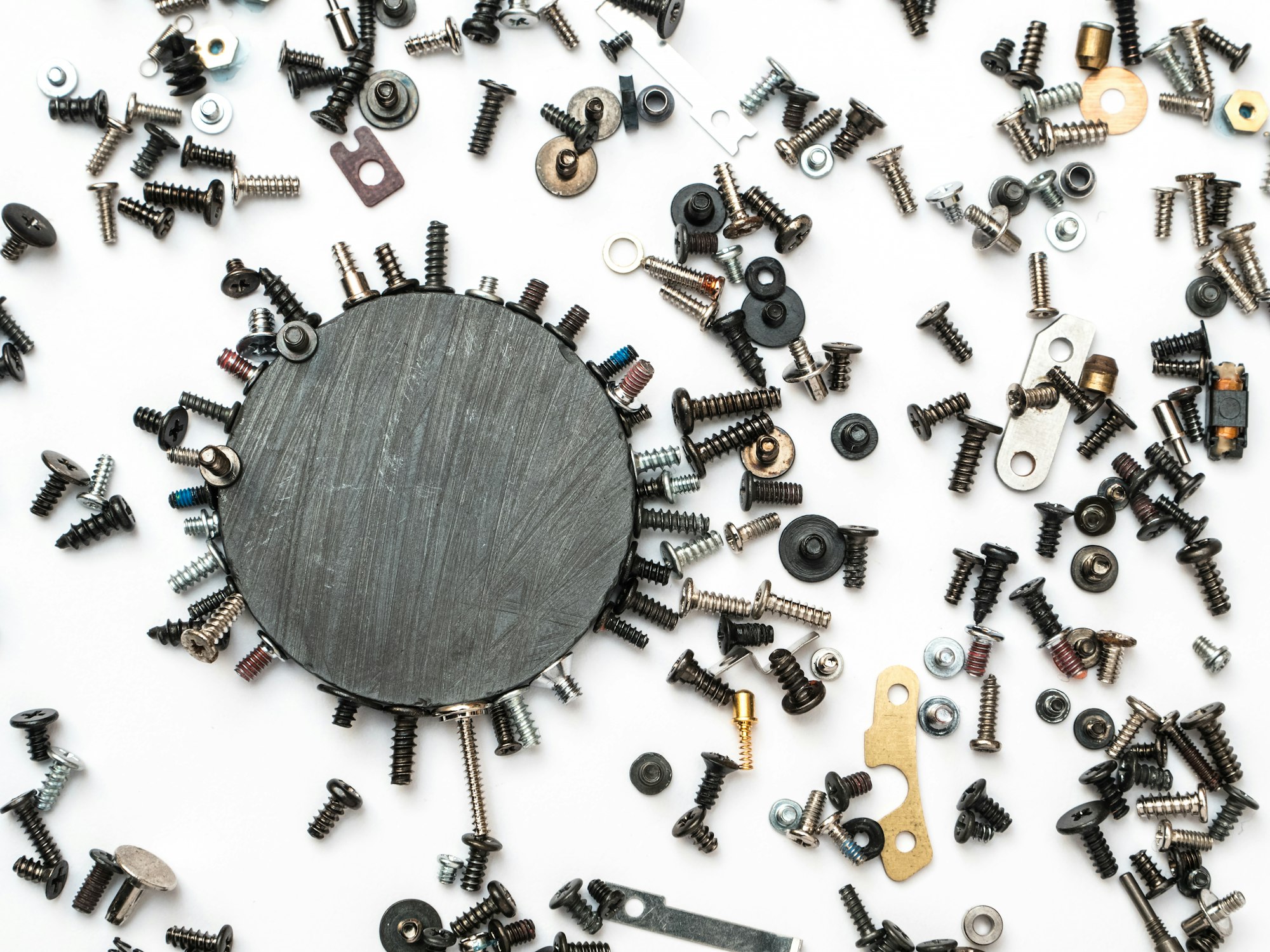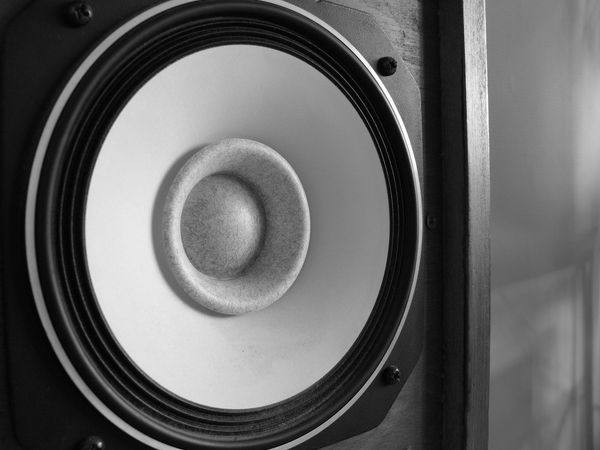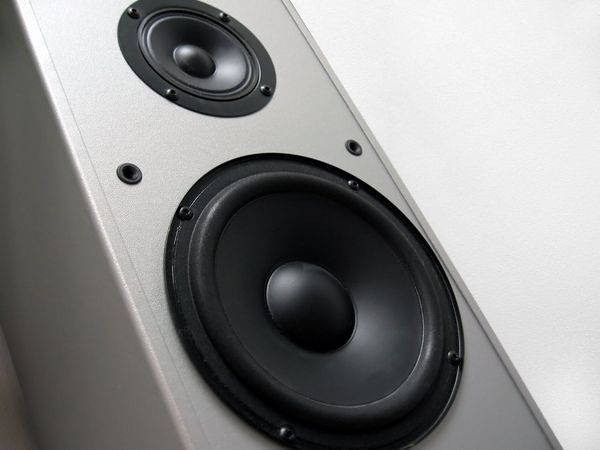A blown speaker can effectively put an end to a good time. One minute, you’re rocking away to whatever song has caught your ear, the next minute, you’re hearing the strangest sound in the back of the music.
Finally, the sound becomes increasingly distorted, sometimes to the point that there’s no sound at all.
Blown speakers are common but frustrating, and can completely ruin a listening experience. There are many reasons for a speaker to blow, and the term is used to describe a general problem.
You’ll know if you have a blown speaker because all your audio is accompanied by a scratching or buzzing sound.
In some cases, it is possible to fix a blown speaker at home. However, as this term refers to both simple and serious problems, it isn’t always a DIY repair. In some cases, you’re best off consulting the professionals.
Read on to find out more about how to fix a blown speaker.
What Is A Blown Speaker?
A blown speaker is essentially any speaker that doesn’t work right anymore. It might be producing a background buzzing sound, an irritating scratching noise, or it might not be transmitting sound altogether.
Blown speaker is an umbrella term, used to describe all kinds of speaker problems.
How Do You Know If Your Speaker Is Blown?
You’ll know if your speaker is blown just by listening. Sometimes, you’ll have to listen carefully to detect the faint rattling sound of a problem. Other times, the noise will be very obvious and extremely frustrating. Sometimes, there won’t be any noise at all.
It’s often possible to catch a blown speaker early, before the problem can worsen itself. If you think you can hear a faint distortion of your audio, listen closer. Subtle changes in quality can often indicate the start of a problem.
Try listening to a favorite recording, as you’re more likely to notice an issue with the equipment. By catching the problem now, you can fix it before it gets worse.
You might also be able to see physical damage to a blown speaker. However, this is likely to be accompanied by a decline in sound quality as well.
What Causes A Blown Speaker?
There are several different causes for a blown speaker, and you need to know what the problem is before attempting a fix.
A blown speaker is sometimes caused by blasting too much power. Although speakers are designed to handle a lot, improper use and care can lead to issues.
Messing with the frequency response beyond the normal limits, and then cranking up the volume, can cause a blow out. This is the most common cause.
It’s also possible your speaker has blown because it was used alongside the wrong equipment. This happens if you set up your sound system without reading the speaker specifications.
The wrong setup can lead to the speaker being either underpowered or overpowered, leading to clipping, and then a blow out.
How To Fix A Blown Speaker
If you’ve got a blown speaker, you can often attempt fixing it yourself. These steps can potentially solve the problem, without needing to pay for an expensive repair
- The first thing to do is find the problem. If you don’t know what the issue is, you may end up making things worse. Shift the balance of sound from one speaker to the other using the equalizer, and listen for the distorted sound. If you can’t find the problem, you might have multiple bad speakers.
- Once you’ve located the problematic speaker, examine the cone and surrounding area. You may need to remove a fabric cover or a faceplate. Do so carefully, or you could end up causing more damage. Examine the cone, using your fingers gently to feel for issues.
- If the cone has a tear or rip, it can be repaired using tape or glue. If there’s a hole, make sure it’s completely covered, whichever method you’re using.
- Check for damage to the voice coil. If the voice coil is melted, damaged, or has a gap, it will need to be replaced. Look for the part number on the cone so you can order the exact right piece.
- Remove the damaged voice coil, taking note of how it’s attached. Install the new part based on how the old part was installed. This may require additional equipment such as a soldering iron. If this seems likely, it may be cheaper and easier to simply replace the entire speaker.
- Set the speaker up again, and test the sound. Start off with the volume low to avoid further damage. If the sound is fixed, phew! You can get back to your favorite tunes, at an appropriate volume and frequency. If not, take the speaker to a professional.
When To Visit A Professional
A speaker is a delicate piece of audio equipment, and they’re rigorously tested to avoid failure. If your speaker has blown, then it could have a serious problem beyond a damaged speaker cone.
If you’ve checked the cone and can’t see any damage, then it’s often best to visit a professional.
Speaker cones are often protected by fabric or a faceplate. In some cases, removing these objects can be difficult, leading to further damage. A professional service can access the cone, without risking the rest of the speaker.
A home fix for a speaker is not going to deliver the best sound quality. If you want clear and precise sound, it’s better to pay for a repair. Gluing the cone is a fantastic short term solution and works in scenarios where audio quality is not that important.
The car, for example. But if you’ve paid for a premium speaker, then it’s often worth paying for a premium repair.
Blown speakers aren’t always easy to fix. Sometimes, they’ll just need replacing. It’s usually best to leave them to professionals unless you’re confident about repairing them yourself.
Final Thoughts
The unpleasant sound of a blown speaker can make a fix a necessity unless you want to pay for a new audio system. Small issues with the cone can often be fixed at home, reducing the bad sound of a blown speaker.








Member discussion